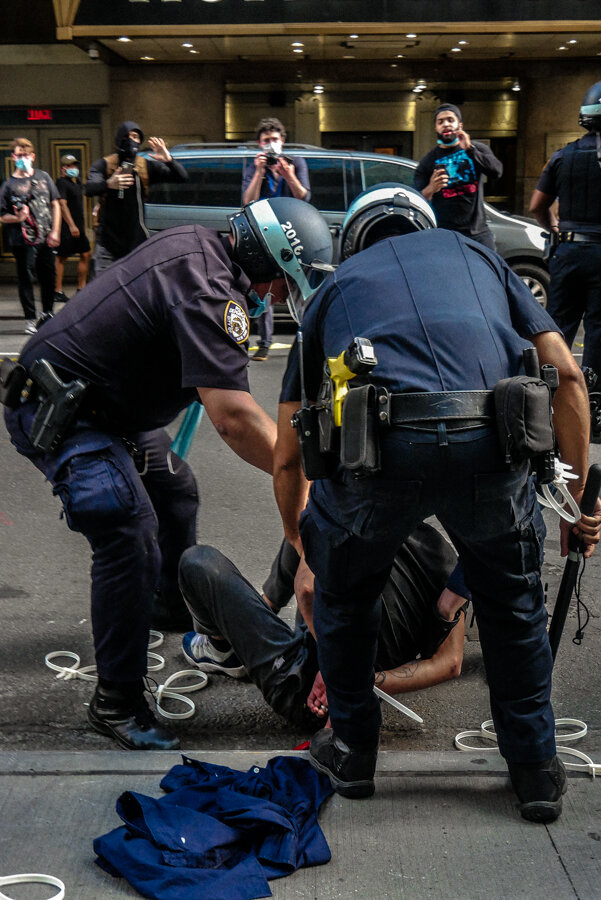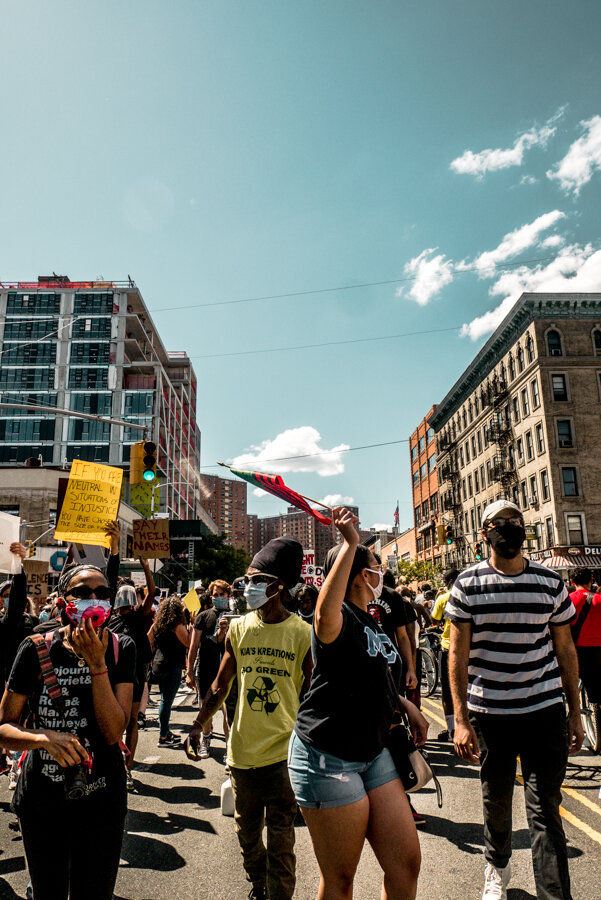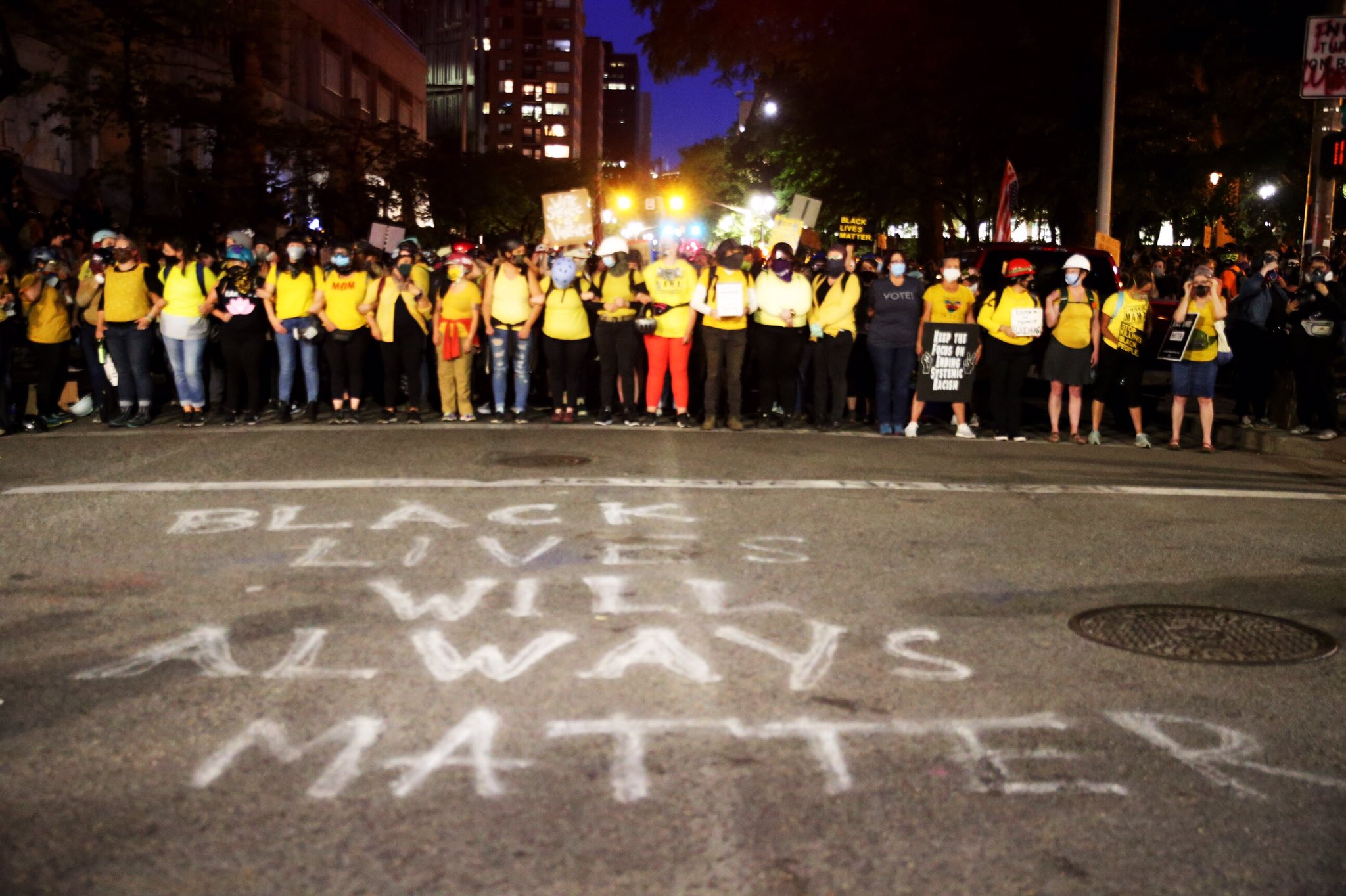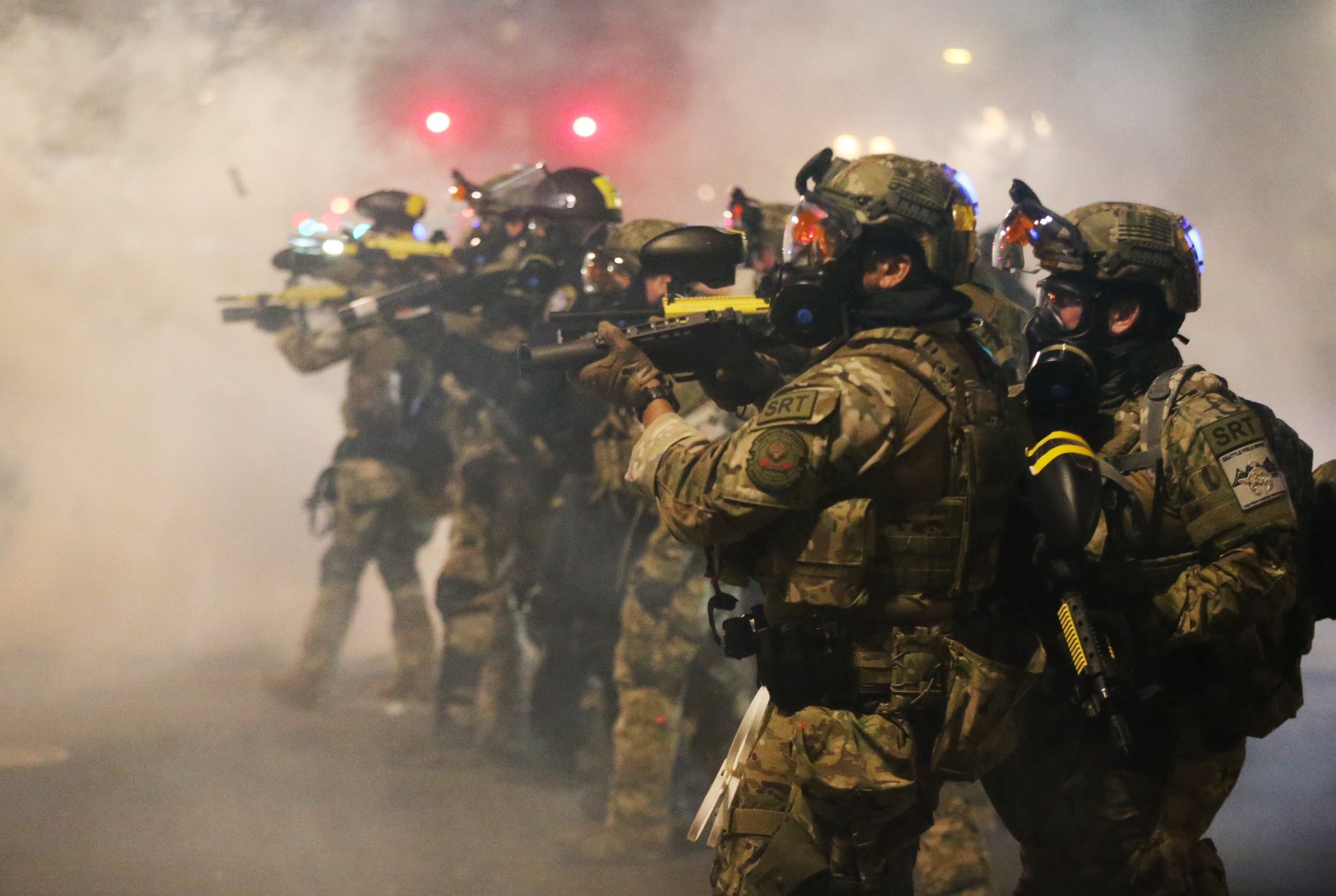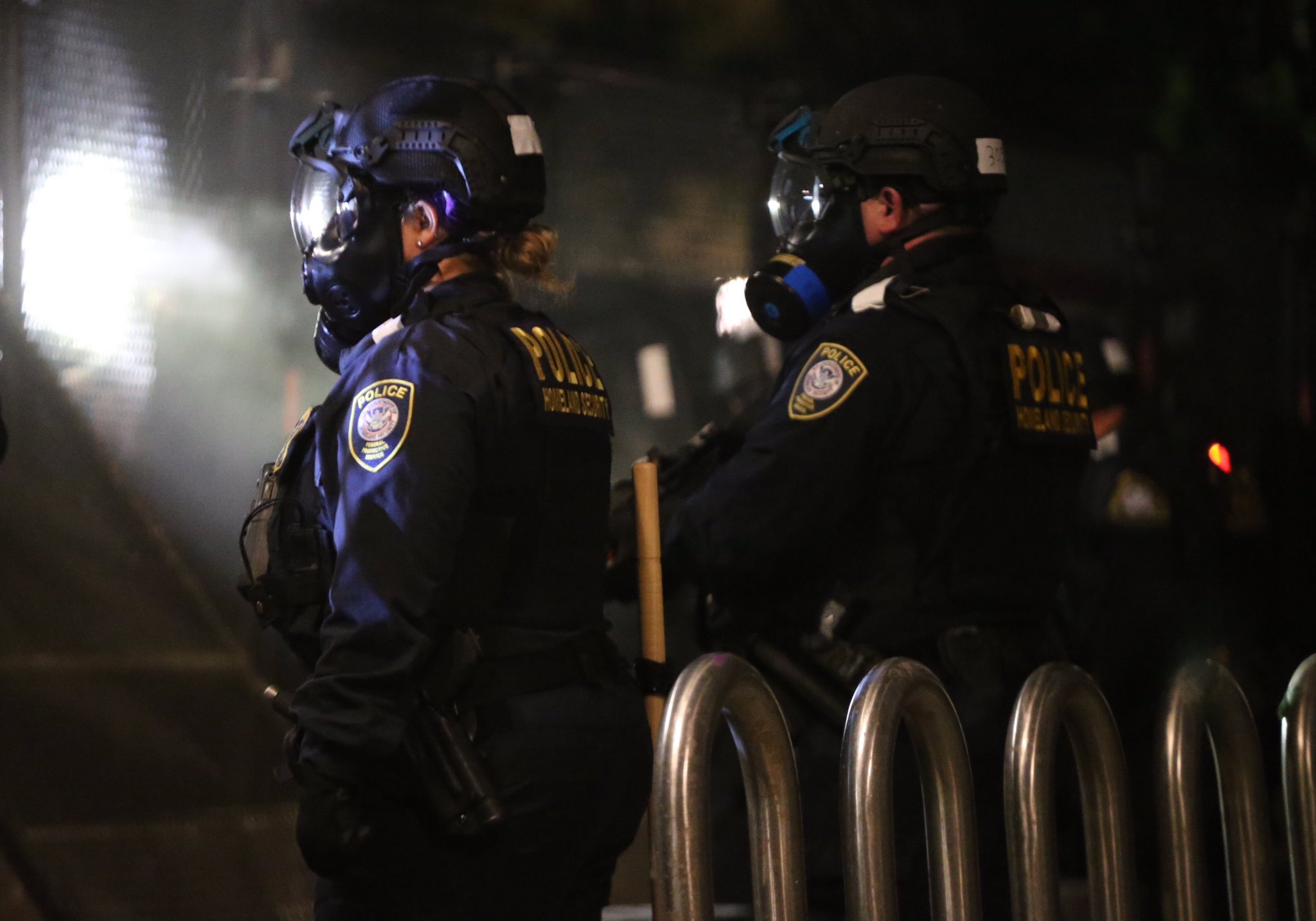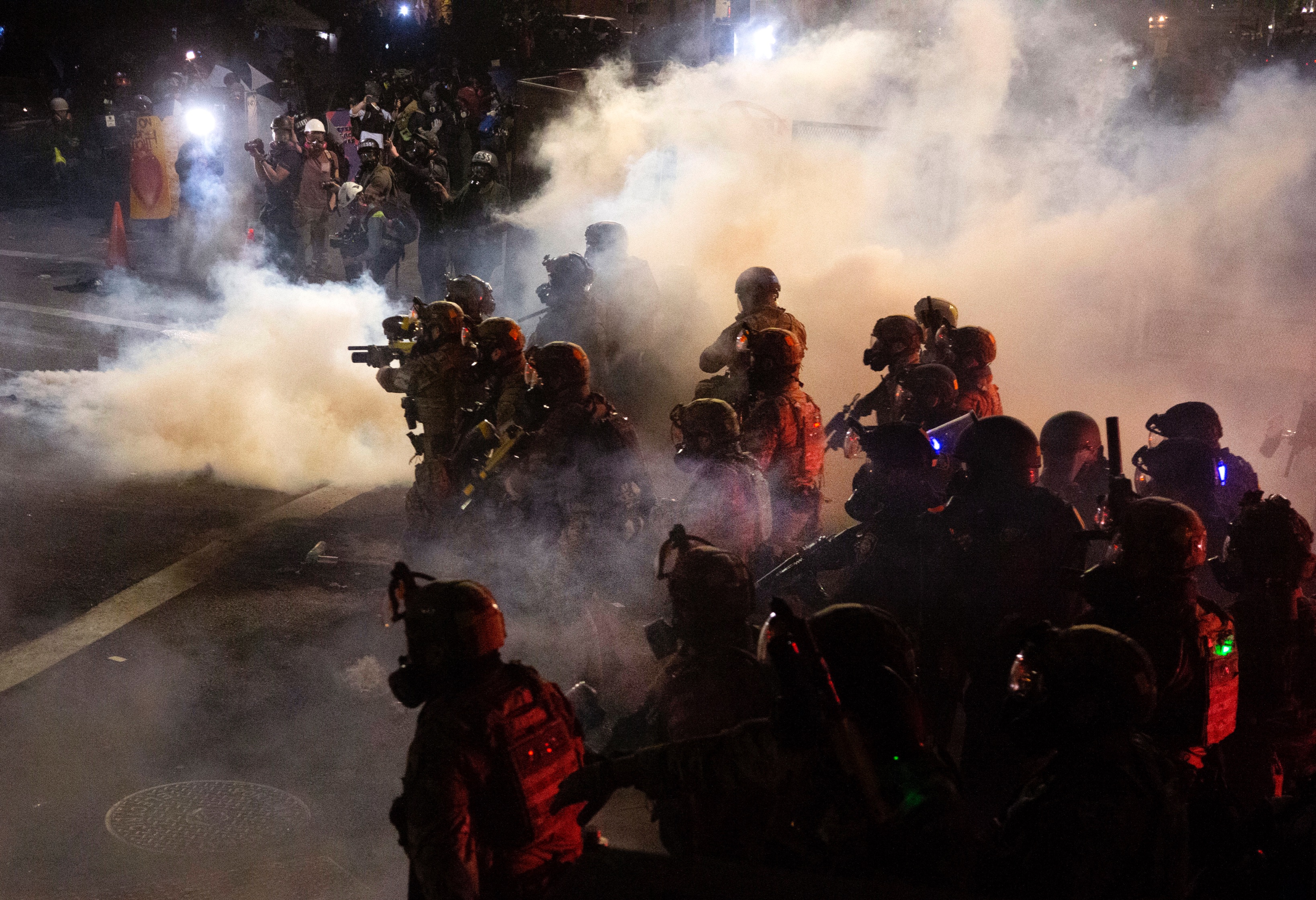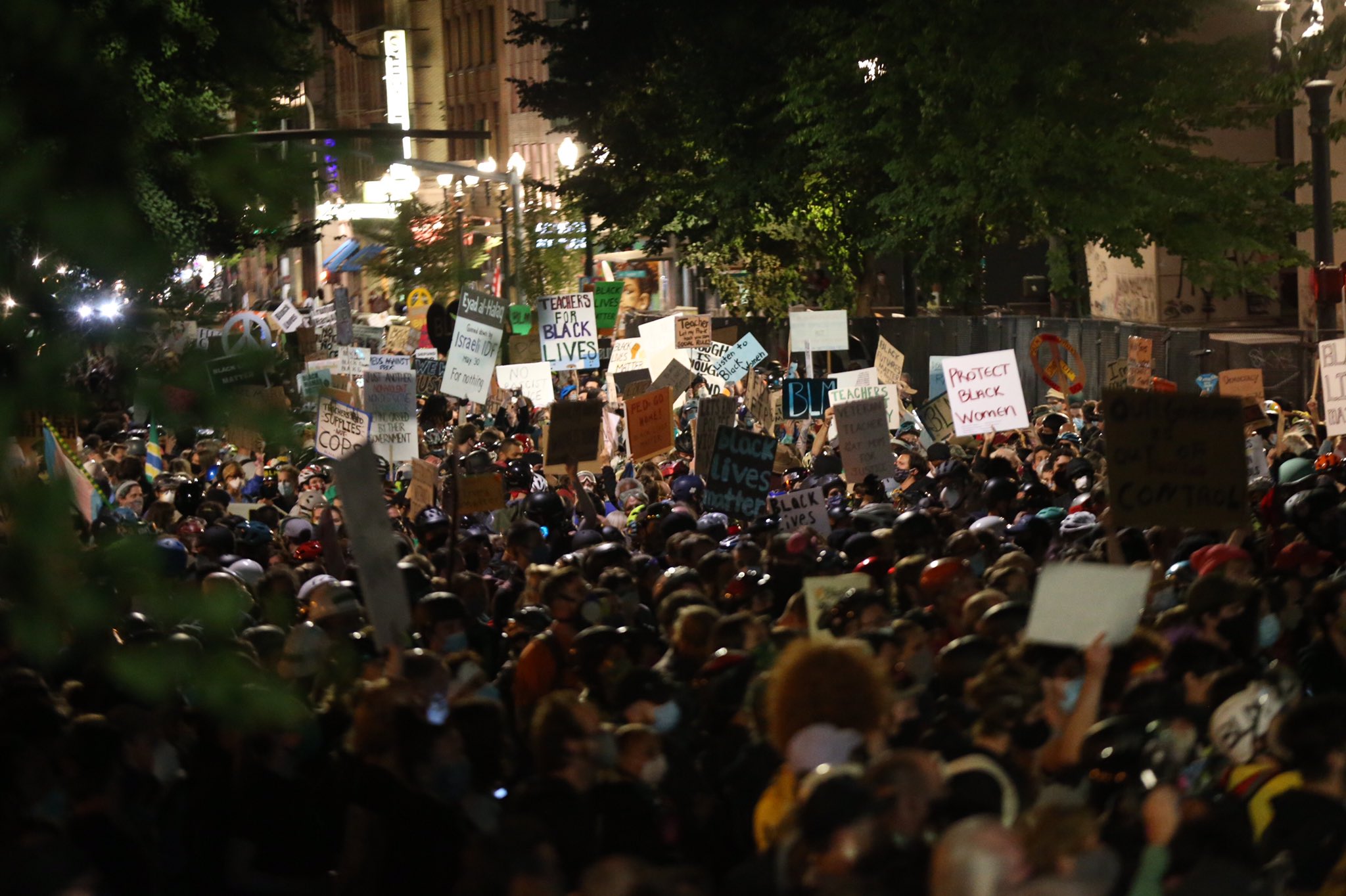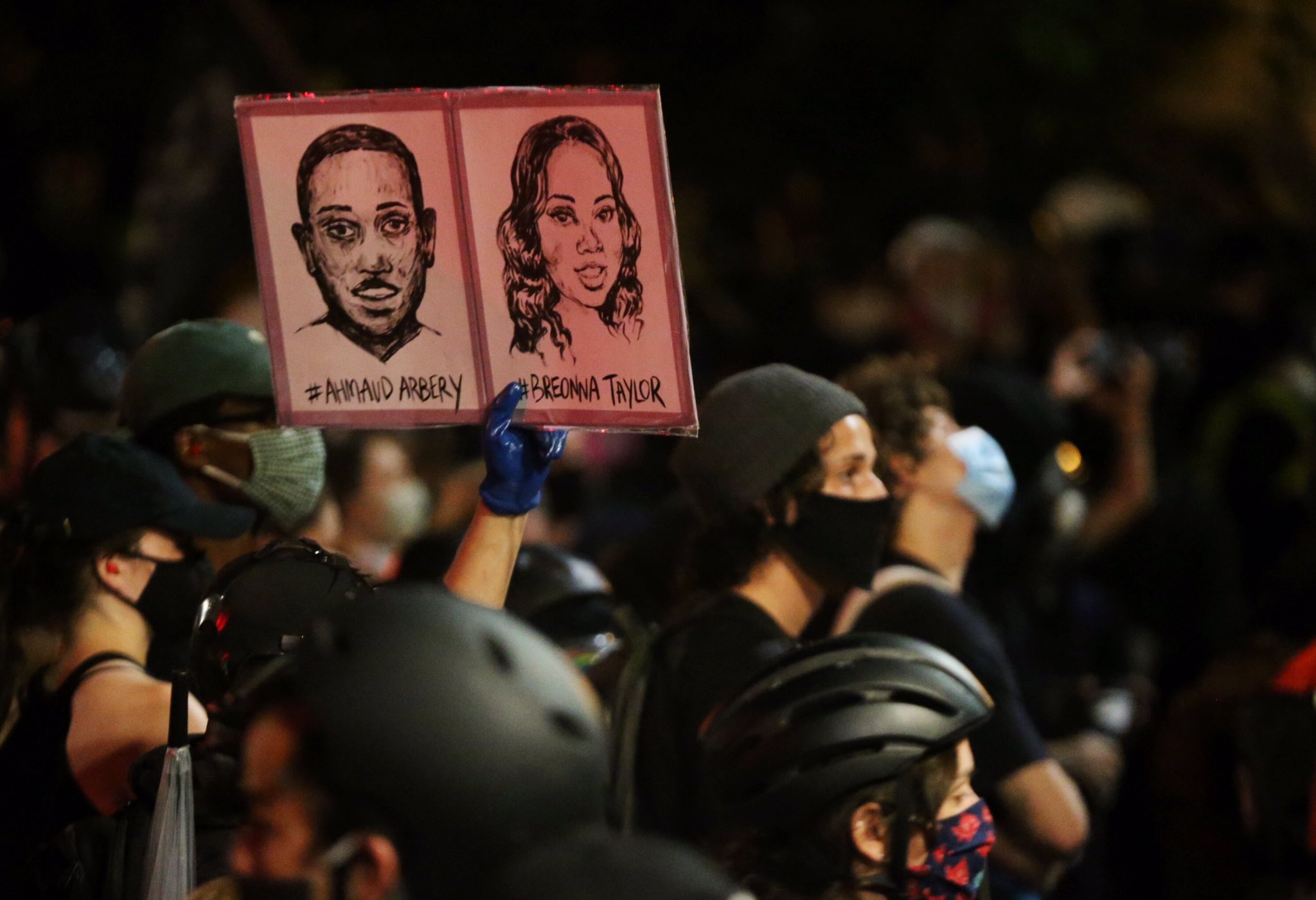In cities like Chicago, reports of gun violence are nothing new. Unfortunately, it’s rather commonplace to hear the list of victims from strings of attacks in various parts of the city.
Now it seems this violence is escalating not just in Chicago, but also in New York and other cities across the United States. While the federal government is sending in agents to various cities such as Chicago supposedly to counter this gun violence, is it truly the best solution in the long-term?
An ever-growing issue
During this summer especially, reports of gun violence are spiking in multiple US cities. Chicago for instance recently reported 64 people shot over the past weekend. Five people were killed, and seven of the injured were teenagers or younger.
Last month was also one of the most violent months in the past 28 years of Chicago’s history with 105 murders. The largest incident that month was during a shooting at a funeral home where 15 people were shot.
These gun violence and murder rates are still escalating rapidly. According to the Chicago Tribune, approximately 570 people have been shot, and at least 464 have been killed in the past year. Compared to last year’s murder rate, that’s about 135 more deaths.
An 11-year-old girl who was shown in a 2016 video praying for an end to Chicago's gun violence was fatally shot in her hometown of Madison, Wisconsin, last week. https://t.co/vAdageexTU
— The Trace (@teamtrace) August 18, 2020
New York is also facing a similar spike in gun violence this summer. The NYPD told CBS New York on Sunday, August 16 there were at least 20 shooting incidents over the course of the past 24 hours. At least 23 people were injured and five killed in what was an extremely violent weekend for the city.
Similar to Chicago, New York is experiencing a significant increase in gun violence rates compared to last year. According to ABC 7, there have been approximately 833 shooting incidents with 1,017 victims. Meanwhile, in 2019, there were 466 incidents with 551 victims.
A few weeks ago, President Trump sent federal agents into Chicago supposedly in an effort to combat the growing gun violence there. Now according to a recent tweet, it seems he potentially may do something similar to New York.
Law and Order. If @NYCMayor can’t do it, we will! https://t.co/N88GX9Rkc9
— Donald J. Trump (@realDonaldTrump) August 17, 2020
But while sending in federal law enforcement may quell the violence for now, is it truly a viable, long-term solution that will improve the community in the future?
The root cause and impact of community
Gun violence in places such as Chicago, New York, and many other cities across the US has an impact on far more than just statistics. It severely damages the livelihoods of these cities’ communities and their people. It makes people fear for their lives and those they care about.
The presence of law enforcement may suppress the issues for a time, but a long-term and more peaceful solution may lie within the strength of the community itself.
14 people shot and killed across our city in the past week.
We cannot become numb to this, or dismiss it as a statistical aberration.
The gun violence crisis we’re facing demands real solutions. https://t.co/hYokzJZULN
— Eric Adams (@BKBoroHall) August 16, 2020
Cases of gun violence generally tend to occur in more impoverished communities, often those predominantly populated by people of color. In the case of Chicago, those include places such as the south and west sides of the city.
Communities like these across the US are often lacking in key infrastructures such as education and affordable housing. Jobs there are also often not as profitable in comparison to more affluent communities.
Everyone I know around my age in Chicago has at least 2 things in common:
An unprovoked negative encounter with police, and a homie lost to gun violence.In this story, I spoke with @kalebautman and @ladieversatile about how those experiences affect us:https://t.co/hvtSripCKm
— 🏢WE HOME Matt (@MattheMajor) August 10, 2020
Washington, D.C.-based lobbyist, activist, and author Nkechi Taifa described these issues well when she told USA Today,
“There’s this hopelessness: if you think you’re going to die tomorrow, why does it matter what you do today?,” said Taifa.
“Many people don’t acknowledge the root causes of the crime that’s going on in these communities. When there is lack, and there is so much lack in Black communities, it’s predictable you will have crime.”
Not only that, but the influx of gun sales and illegal firearms in cities is also a contributing factor to gun violence. This makes it easier for criminals to acquire guns for violent acts.
While fortunately there are some community organizations striving to address these issues, such as New York’s Guardian Angels, many of these initiatives may not have enough funding to continue in the long-term.
With the new movement to reform or defund the police however, perhaps the chances of community outreach may improve in the future, and gun violence can finally be on the decline.




